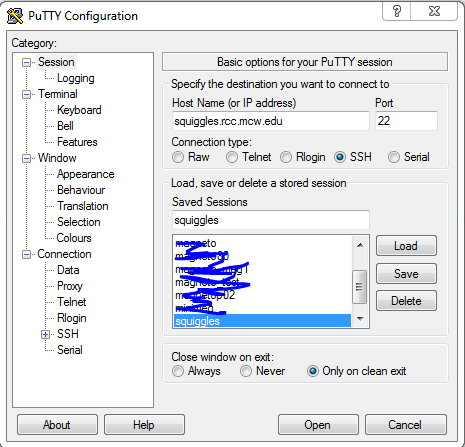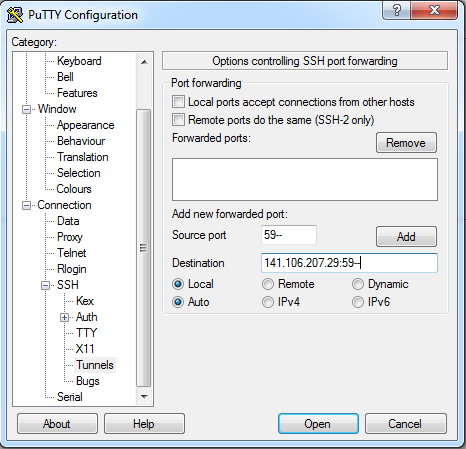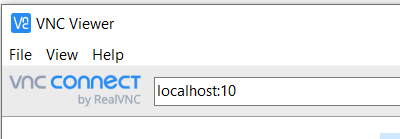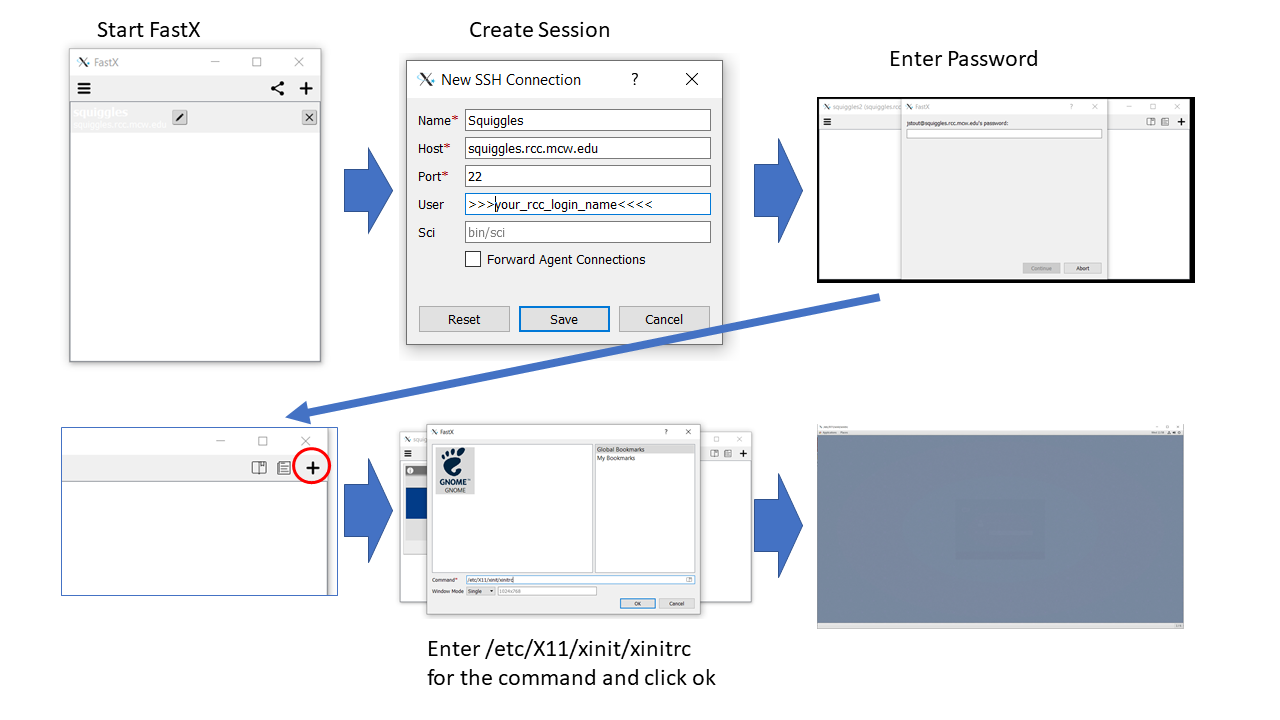Difference between revisions of "Squiggles research computer server"
(→Troubleshooting) |
(→Troubleshooting) |
||
| Line 125: | Line 125: | ||
<code> | <code> | ||
rm -f /tmp/.Xxx-lock | rm -f /tmp/.Xxx-lock | ||
| + | </code> | ||
| + | <code> | ||
rm -f /tmp/.X11-unix/Xxx | rm -f /tmp/.X11-unix/Xxx | ||
</code> | </code> | ||
Revision as of 20:06, 14 November 2023
Contents
Introduction
"Squiggles" is a dedicated research computer server tailored for the analysis and storage of MEG, Neurophysiology, and Epilepsy data. This guide outlines how to connect using either the recommended FastX connection or the traditional VNC method.
Access Requirements
RCC Account
- An RCC (Research Computer Server) account is necessary to access "Squiggles".
- Register for an account at MCW-Infoscope's Research Computing Center.
- If prompted, select "others" and then "squiggles" to specify the server you wish to access.
- Account approval generally takes 1-3 days. For any issues, contact Help-RCC at <help-rcc@mcw.edu>.
Login to Squiggles
Choosing a User Port: Each user is allocated a specific port number. New users should pick a port number (##) not already in use:
| User | Port |
|---|---|
| Jeff Stout | 5910,5911 |
| Joe Heffernan | 5912 |
| Candida Ustine | 5914 |
| Manoj Raghavan | 5913 |
| Chad Carlson | 5915 |
| Chris Anderson | 5916 |
| Serena Thompson | 5917 |
| Patrick Bauer | 5918 |
| Jeff Binder | 5919 |
| Leo Fernandino | 5920 |
| Lisa Conant | 5921 |
| Aqil Izadysadr | 5922 |
| Nick Guzowski | 5923 |
| Zack Harper | 5924 |
| Bill Gross | 5925 |
| Michelle Kassel | 5926 |
| Greg McQuestion | 5927 |
| Monica Keith | 5928 |
| Priyanka Shah | 5929 |
| Vahab Youssofzadeh | 5931 |
| Songhee Kim | 5935 |
| Cameron J Stewart | 5992 |
SSH Tunneling
- PowerShell Method (Mac/Linux/Windows): In a bash shell, terminal, or Windows PowerShell, execute the following to set up an SSH tunnel for the VNC Viewer:
ssh -L 59##:localhost:59## xxx@squiggles.rcc.mcw.edu
where xxx is your rcc user name account
- PuTTY (Windows):
Download PuTTY for SSH tunneling and refer to the images below for configuration:
PuTTY is an open-source software used for SSH Tunneling (or SSH Port Forwarding).
Starting a Session and Connecting to Squiggles
Ensure you've established an SSH tunnel before proceeding with either the VNC or FastX methods.
VNC Method (preferred)
- Creating & Accessing a VNC Session:
- VNC sessions initialize automatically upon boot-up.
- If issues occur, manually initiate a session using:
vncserver :## -geometry 1900x1200, where##is your specific port number. - Access the session using the [RealVNC viewer].
- Input
localhost:##in the server address bar, where##corresponds to the last two digits of your port.
FastX Method (alternative)
FastX offers a potentially smoother experience compared to VNC, especially with multiple concurrent users.
- Download the FastX client and:
- Start FastX.
- Click '+' to establish a new connection.
- Provide the Connection Name, host (squiggles.rcc.mcw.edu), and your RCC username.
- Start a session by clicking '+' and using the command
/etc/X11/xinit/xinitrc.
Troubleshooting
- VNC Black Screen: If you see a black screen after logging into VNC, make sure to deactivate Anaconda Python first. Use the command:
conda deactivate. - Terminating (closing) a VNC session: Use
vncserver -kill :xxin terminal. For manual termination:
rm -f /tmp/.Xxx-lock
rm -f /tmp/.X11-unix/Xxx
- Identifying Active Users: Use the command
ls -l /tmp/.X11-unix.



